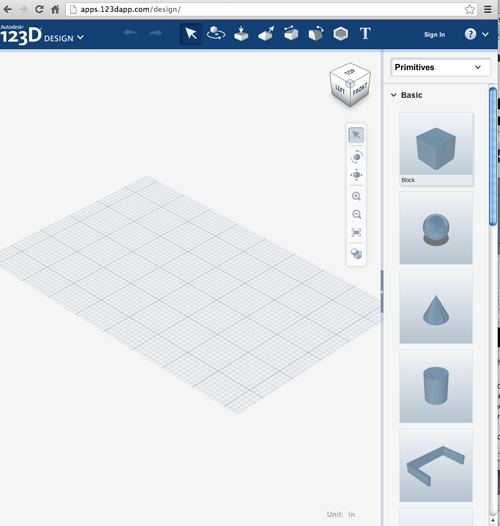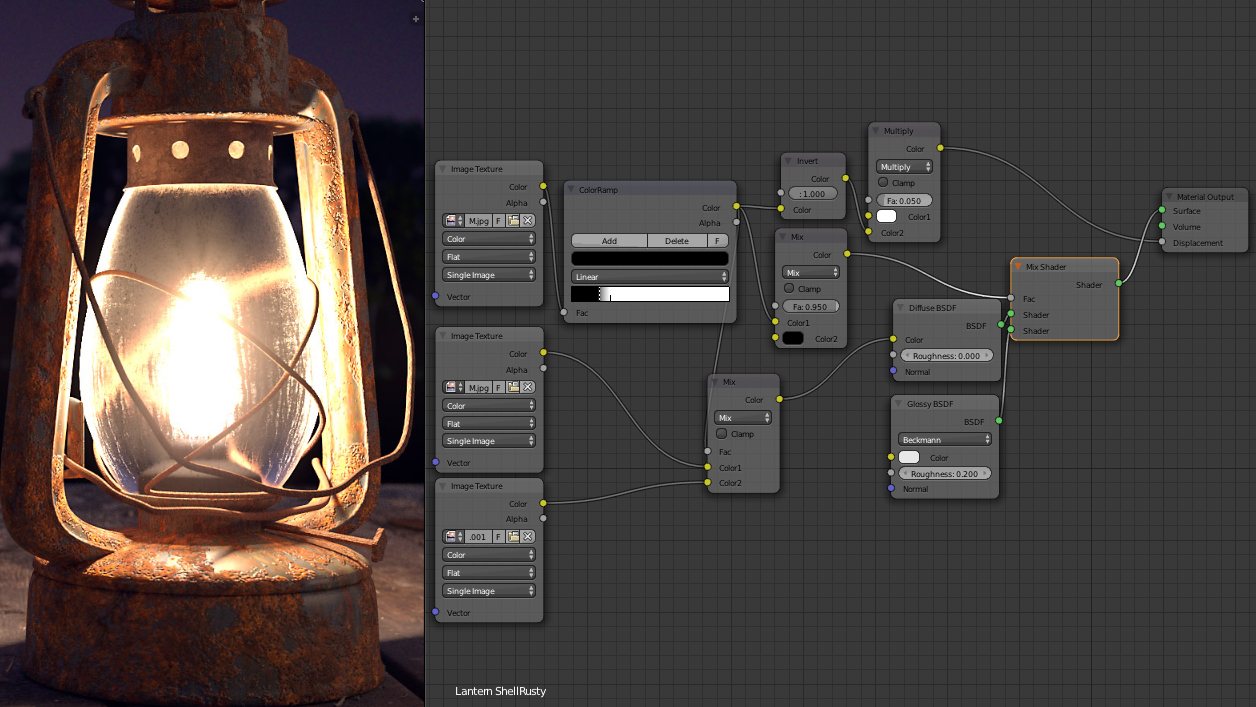
Office of Mine Safety and Health Research.īoth photogrammetry and laser scanning were tested at different limestone mines to detect scaling and spalling on ribs that occurred over several weeks.
#123d design portable simulator
The study sites chosen include two different underground limestone mines, two different underground coal mines, and the Mine Roof Simulator (MRS) at the Pittsburgh

It is important, therefore, to demonstrate that these tools which have applications in other industries, can also be adapted to the conditions of an An underground mining environment presents unique challenges to using these tools for monitoring rock movements, such as: poor lighting, dust, fog, and unfavorable geometries. Several experiments were performed that demonstrate the applicability of these remote sensing techniques to monitoring rock mass changes. An improved, or augmented, method for measuring displacements underground in a practical, cost-effective manner will lead to an improved understanding of rock mass behavior. Photogrammetry and laser scanning offer the ability to monitor rock mass movements at millions of points in a local area, both accurately and quickly. These are generally restricted to measuring one dimension, may change behavior with installation, may obstruct mining operations, and are restricted to monitoring theīehavior of a small area. Displacements underground are traditionally measured through point measurement devices, such as extensometers. Photogrammetry and laser scanning are remote sensing technologies with the potential to monitor movements of rock masses and their support systems in underground mine environments. Our approach to this challenging problem is toĬompare the 3Dmodels by Autodesk 123D Catch and 3D models by terrestrial LIDAR considering different object size, from theĭetail (capitals, moldings, bases) to large scale buildings for practitioner purpose. No one is on Autodesk 123D Catch applied on Architectural Heritage Documentation. Have explored many applications to verify the visual accuracy of 3D model but the approaches to verify metric accuracy are few and Of cloud computing in order to carry out a semi-automatic data processing, thus allowing the user to fulfill other tasks on itsĬomputer whereas desktop systems employ too much processing time and hard heavy approaches. Those last ones offer the opportunity to exploit the power Possibilities we can mainly distinguish desktop and web-based packages. Results are promising: the obtained models are beginning to challenge the precision of laser-based reconstructions. Techniques of image matching, feature extracting and mesh optimization are inside an active field of research in computer vision.

The simultaneous applications of different algorithms (MVS), the different Computer vision techniques use photographs fromĭata set collection to rapidly build detailed 3D models.

Our goal is to evaluate Catch efficiency, accuracy, constraints and limitations in order to provide insight into the cu.ģD reconstruction from images has undergone a revolution in the last few years. Our research investigates the limits and potentialities of 3D models obtained by using Autodesk 123D Catch in Architectural Heritage field, in order to verify the applicability of the method for the practitioner purpose. In this way is overcome the considerably slowing-down of the computer of hardware-heavy approaches.
#123d design portable software
Nevertheless, web based software (ARC3D, 123D Catch, Hyp3D, m圓Dscanner) offer another opportunity respect the desktop systems: they use the power of cloud computing to carry out a semi-automatic data processing. The diffusion of Image-based 3D modeling techniques, through image-based free, low cost and open source software, have increased drastically in the past few years, especially in the sector of Cultural Heritage (Architecture, Archeology, Urban planning). Today, the accurate and detailed reconstruction of geometric models of real objects has become a common process.


 0 kommentar(er)
0 kommentar(er)
